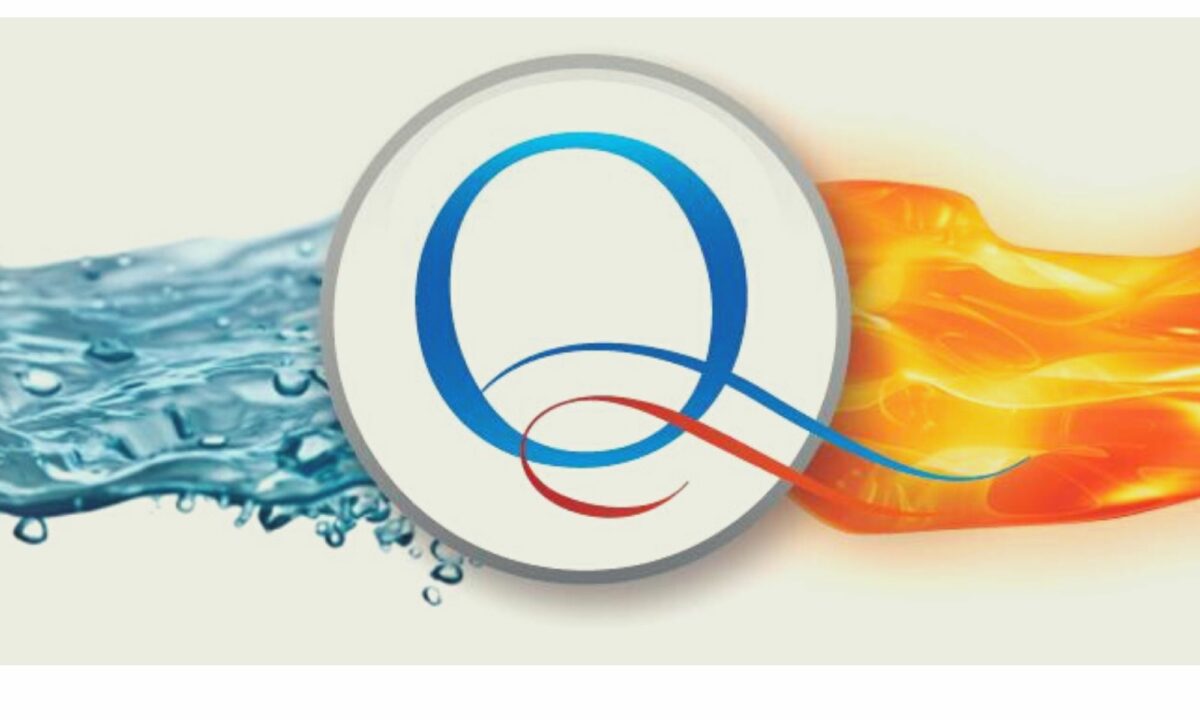Have a question?
Magnetic Fuel Conditioning
Savings of 10%+ are common on oil and gas boilers and ovens.
More Heat – Less Fuel – Reduced Emissions.
History of Magnetism and its effects on Fuel Conditioning.
Early recorded scientific research regarding the influence of magnetic fields on passing fluids dates back to 1831 and concerns mostly the experiments carried out by Michael Faraday and James C. Maxwell.
In 1847, and following on from his 1846 work involving diamagnetics, Faraday reported on the effects that magnetic forces had on the flame of a lit taper.
At the turn of the century a Dutch physicist, Dr. Johannes Diderik van der Waals, discovered that hydrogen has cage-like structures, which, when combined with carbon, form pseudo compounds. These molecular forces of mutual attraction and repulsion stay next to each other (“van der Waals forces”), however, when influenced by a magnetic field they will de-cluster and then interlock (bind) with additional oxygen (which can result in a dramatic increase in combustion efficiency), and van der Waals ascertained that as a consequence of the de-clustering and interlocking, gases condense, and water coagulates. In 1910 he received a Nobel Prize for his work.
Magnetic fuel and water conditioners have been manufactured and marketed in the UK since 1992, at least.
EASY FITTING, MAINTENANCE FREE
The Magnetic Fuel economisers can be fitted on pipes of any material – copper, rubber, plastic, steel etc – no cutting of the fuel line is required.
Fitting the conditioners takes just a few minutes. No tools or specialist skills are required.
The conditioners have no moving parts and do not require supporting power. They produce no waste or emissions, and once fitted, remain maintenance free for life. Fit it and forget it!
PORTABILITY
The Magnetic Fuel Economisers can be easily moved from one engine/heating appliance to another. This does not affect the warranties or guarantees.
EFFECTS
Liquids and gases that have been subjected to the economiser’s magnetic fields benefit from electron movement, weakening connections between and within the molecules. Where fuels are involved, this enables the fuel to break-up more easily and then combine with oxygen. This results in quicker and more complete combustion (producing more energy) and “cleaner” emissions.
